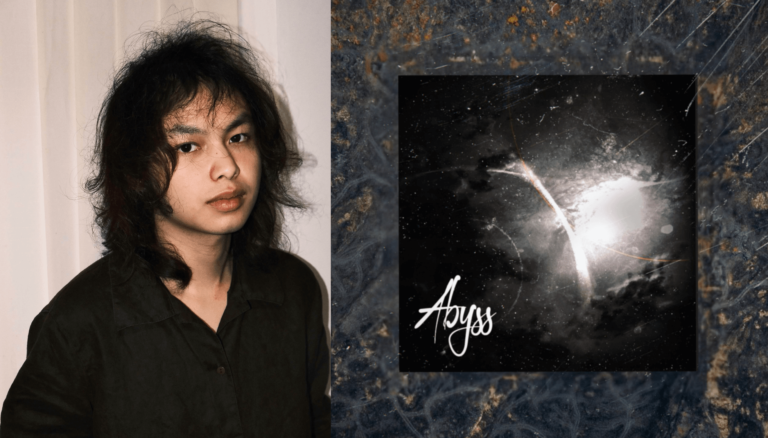Nail art has transformed from a simple beauty trend into a significant fashion statement, capturing the attention of enthusiasts and professionals alike. As a form of self-expression, nail art allows individuals to showcase their creativity, personality, and style. This article explores the significance of nail art in the fashion world, the latest trends, techniques, and creative designs, as well as how to maintain and care for nail art, and the future of this vibrant art form.
The Significance of Nail Art in Fashion
Nail art serves as an accessory that complements a person’s overall look. Just as jewelry can elevate an outfit, nail art adds a unique touch that can reflect one’s mood or personality. Over the years, nail art has evolved from basic polish applications to intricate designs that often incorporate elements of fashion and art. The various colors and finishes of nail paint available today allow for endless creativity and personalization, making it an essential part of contemporary fashion.
Cultural influences play a significant role in how nail art is perceived and practiced around the world. In many cultures, nail art carries deep symbolic meanings. For example, in some Asian cultures, elaborate nail designs are seen as a status symbol and a form of artistic expression. As nail art gained popularity globally, it has been embraced by various cultures, leading to a rich diversity of styles and techniques.
The influence of popular culture cannot be overstated. Celebrities and social media have propelled nail art into the limelight, showcasing bold designs that inspire countless individuals. Platforms like Instagram and TikTok have become hubs for nail art enthusiasts, where tutorials and creative designs are shared widely, encouraging others to experiment with their nails.
Trends in Nail Art Designs
Current nail art trends encompass a range of styles that cater to different tastes and preferences. Classic designs, such as French tips and solid colors, have made a resurgence, often reimagined with modern twists. For instance, the traditional French manicure is now available in a variety of colors and patterns, allowing for personalization while maintaining its timeless elegance.
Seasonal trends are also significant in the world of nail art. As the seasons change, so do the colors and themes associated with them. Spring often brings pastel hues and floral designs, while summer may showcase vibrant colors and playful patterns. Fall introduces deeper, richer tones, and winter typically features glittering designs that mimic the sparkle of snow.
Techniques for Nail Art
The techniques employed in nail art vary widely, catering to both beginners and advanced practitioners. Basic techniques such as freehand painting, stamping, and the use of decals can yield impressive results without requiring extensive experience. For those new to nail art, starting with simple designs can help build confidence and skills.
Advanced techniques, like water marbling and 3D designs, offer exciting possibilities for more experienced nail artists. Water marbling involves swirling different nail polishes on water to create stunning patterns that can be transferred onto the nails. Meanwhile, 3D designs can include gems, beads, or sculpted elements that add depth and texture to the nails.
Creative Nail Art Ideas
The world of nail art is bursting with creativity, offering endless inspiration for designs that can elevate any look. Geometric patterns have become increasingly popular, characterized by sharp lines and bold shapes that convey a modern aesthetic. These designs can range from simple stripes to complex overlapping shapes, appealing to those who prefer a minimalist yet striking approach.
Floral designs, on the other hand, are timeless and often embody femininity. From delicate daisies to bold roses, floral nail art can be tailored to suit various styles and occasions. These designs allow for an infusion of color and creativity, making them perfect for any season.
Textured nail art is another trend gaining traction. By incorporating different finishes, such as matte, glossy, or glitter, nail art enthusiasts can create a dynamic look that captures attention. Velvet and suede-like textures have also emerged, adding an intriguing tactile element to nail designs.
Nail Art and Personal Style
Aligning nail art with fashion choices is crucial for creating cohesive looks. Choosing designs that complement outfits not only enhances overall style but also showcases attention to detail. For instance, a bold, graphic nail design may pair beautifully with a monochromatic outfit, adding a pop of visual interest without overwhelming the ensemble.
Nail art also serves as a powerful means of expressing personality. Each design can reflect one’s tastes, moods, and identities, offering a glimpse into the individual behind the art. Whether opting for playful designs, sophisticated patterns, or edgy looks, nail art allows for personal storytelling through color and creativity.
Conclusion
Nail art has undeniably established itself as a powerful form of fashion statement, offering individuals the opportunity to express their creativity and enhance their style. With a plethora of designs, techniques, and maintenance practices available, nail art continues to evolve, reflecting the changing landscape of fashion and personal expression. As trends come and go, the essence of nail art as a canvas for individuality remains constant, inviting everyone to embrace their artistic side and elevate their style through creative designs.
















